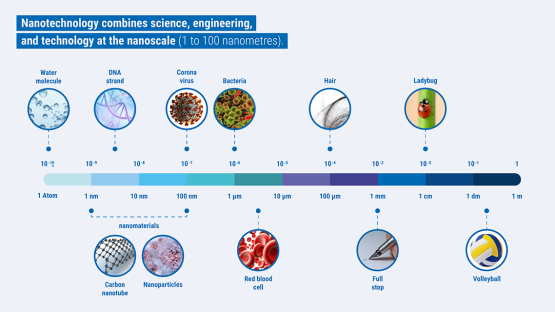Working at levels as small as a billionth of a metre, researchers on an IAEA project have studied radiation’s effect on nano-architectures – the design and building of nano structures – and identified four that can already be used by food, medicine, energy and other industries to produce novel nanomaterials.
Nanotechnology is the science and engineering that manipulates materials at the nanoscale. It draws upon diverse disciplines such as chemistry, biology, physics, materials science, engineering and processing technologies to develop extremely small materials with specific functions and properties. Ionizing radiation is revolutionizing nanotechnology as it helps develop nanomaterials with enhanced performance and functionality.
“Radiation is green chemistry,” said Celina Horak, Head of the IAEA’s Radiochemistry and Radiation Technologies Section, which ran the Coordinated Research Project (CRP). “It offers cleaner, faster and more controlled synthesis of nanomaterials without relying on hazardous substances or extreme processing conditions.”
“This technology allows researchers to fine-tune particle size and uniformity while improving key properties like stability, conductivity and reactivity,” she added. Such next-generation materials are in high demand in sectors such as agriculture, medical, packaging and environmental sciences.






